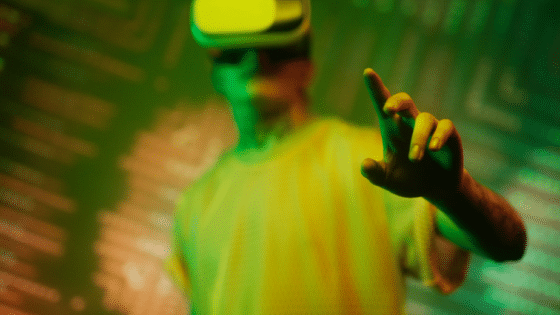Author, Felix Sanchez-Garcia
Mobile technology has come a long way. There are now 3.3 billion mobile internet subscribers globally, with Singapore being one of the leading countries in the mobile connectivity index, at a staggering 86.55 out of a maximum possible score of 100.
As the use of mobile technology continues to grow, brands from a marketing perspective are now able to understand the customer journey better, allowing them to better target consumers, optimise the media mix, and justify ad spend.
The global multi-touch marketing attribution software market is expected to be worth over USD$1.6 billion by 2023. The highest growth in demand for multi-touch marketing attribution software and services is expected to develop in Asia-Pacific during the forecasted period. This has already led to massive investments in solutions that can enable brands to attribute sales back to specific activities.
Winning customers on their path to purchase
When the customer journey takes place exclusively online, attribution is relatively simple. While there may be some challenges in tracking the user across multiple platforms and devices, there is a tight set of data used for attribution purposes to understand the impact of marketing activity.
For instance, a user may see a display advertisement for a department store, click through to the store’s website and view a pair of shoes. They may then be retargeted with an ad for those shoes before ultimately making a purchase. This complete process is traceable, with the eventual sale attributed to multiple advertising touch points.
However, when we cross into the real word, attribution becomes more difficult. Imagine if the same user decided they wanted to try the shoes for size and headed for a store to make the purchase. It is much harder for the department store to attribute that sale back to their digital marketing efforts.
This is where data around people movement comes in. Data plotted on the map is known as geospatial data – by combining vast geospatial data with secondary data sets, marketers will be able to identify points of interest, analyse in-store footfall and understand offline shopping behaviours. Marketers can even use additional data sets, such as loyalty programme information, to link actual sales with exposure to marketing messaging, thus closing the attribution loop.
Connecting the offline to online dots with data
Spatial data is particularly effective at measuring the impact of offline advertising formats, such as out-of-home (OOH) digital billboards. Retailers can run complex queries by combining raw data around people movement with other data sets showing the location of advertising billboards and their stores. They can even filter the data to show people located within a specific radius of a billboard at the time their ad was shown, and then follow that group’s subsequent movements, seeing which ones visited a store within a set timeframe after being exposed to the billboard.
By doing so, the retailer can assess the value of individual billboards within the context of outcomes which happen in store. They can determine whether billboards are effective or not, which locations perform the best, and which ads generate the best response. When different data sets such as spatial data, sales data, and loyalty data are analysed together, they can provide real attribution of the impact of OOH advertising.
Game-changing business insights
The use of geospatial data in marketing can make all the difference in the world. By analysing vast data sets relating to people’s movements, brands will be able to gain granular insight into who their customers are, what they do, and what they need.
Gyms and health clubs, for instance, can use movement data to better understand members and visitors – where they work, where they travel from, and where they go after a workout. Transport hubs such as airports and train stations can analyse passenger behavior to understand which mode of transport they use to get to their destination, how far they need to travel, and where they stop along the way.
This level of real-time insight is enabled by extreme raw data sets – largely generated by mobile apps that show people movement in its entirety. Additional data sets are then layered on to give context to the raw movement data. These might show points of interests, which can be complemented with further data points relating to user demographics or to the device or media platform they are using.
While the use of audience segmentation and targeted marketing is common online, it has not yet reached its potential in the physical world. Businesses can gain an enormous competitive advantage from understanding the real-world behaviour of consumers, and having the ability to analyse vast people movement data sets is the key to that understanding and the answer to marketing attribution in the real world.

Do you have an article, infographic, podcast, presentation slides, press release or a key individual from your organisation that you'd like to highlight on Marketing In Asia? Head on over to Upload Your Content for more info.



















